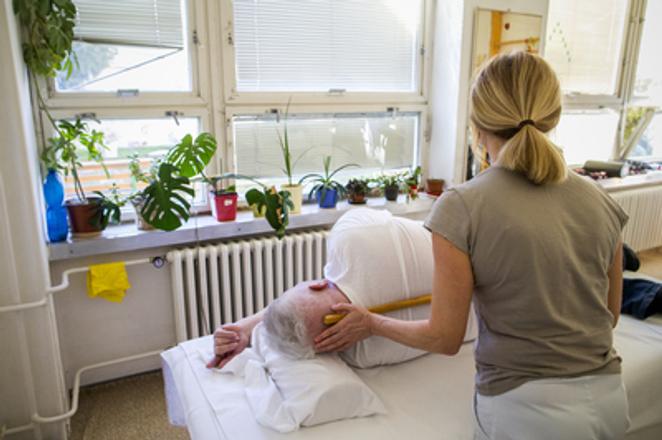Slovak patients most commonly die of heart failure, lung inflammation, respiratory failure and cerebral infarction, the TASR newswire learnt from the National Health Information National Centre (NCZI) on July 24. In total, 29,991 of hospitalised patients (1,204,737) died.
As for the most frequent causes of hospitalisation, in 2017 these included diseases of the circulatory system as well as digestive system diseases and cancer.
Hospitalisations due to diseases of the circulatory system also decreased in 2017 year-on-year, the SITA newswire wrote, adding that the figure stood at -0.8 percent against the previous year, and at -2.7 percent against 2014. Digestive system conditions were reduced by 4.7 and cancer as a cause for hospitalisation increased by 1.3.
Hospitalisation trends
The number of patients admitted to hospitals has been decreasing over the long term. “We’ve been observing a downward trend of the average treatment time in hospitals for a long time,” NCZI spokesman, Boris Chmel, told TASR. “Even though the average treatment time went down from 6.6 to 6.5 days year-on-year, it dropped by 1.2 days over the past ten years.”
There were a total of 1,204,737 hospitalisations (528,593 men and 676,144 women) last year, down by 8,708 cases compared to 2016. Chmel pointed out that the number of hospitalised women is higher mainly due to their necessary stay in hospitals during pregnancy and childbirth.
“The highest number of hospitalisations per 1,000 inhabitants in a particular region was in the Prešov (236.8), Žilina (229.1), and Banská Bystrica regions (228.1), while the least was in the Bratislava and Trnava regions (both 202.7),” Chmel added, as cited by the newswire.



 Hospital, illustrative stock photo (source: Sme - Gabriel Kuchta)
Hospital, illustrative stock photo (source: Sme - Gabriel Kuchta)